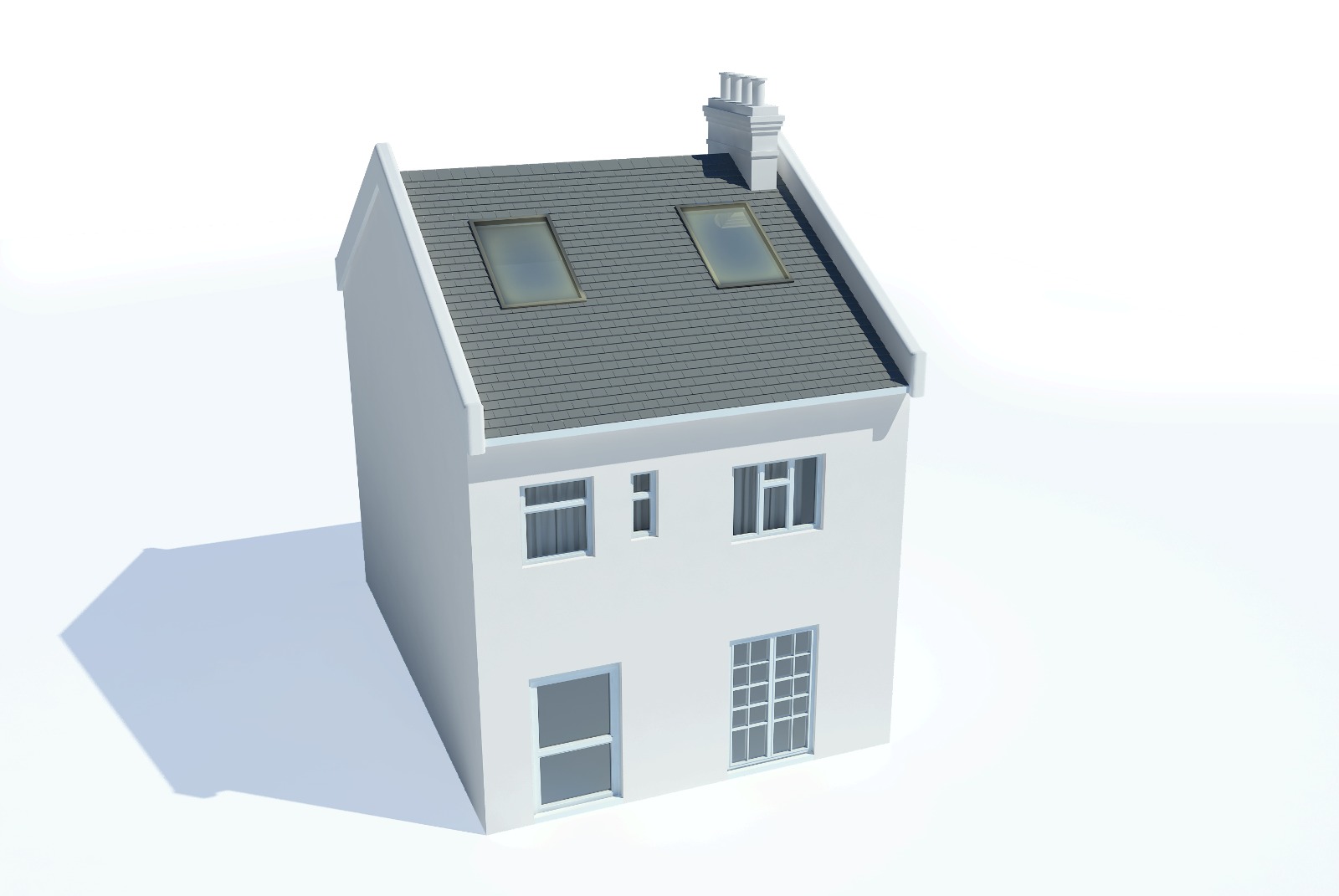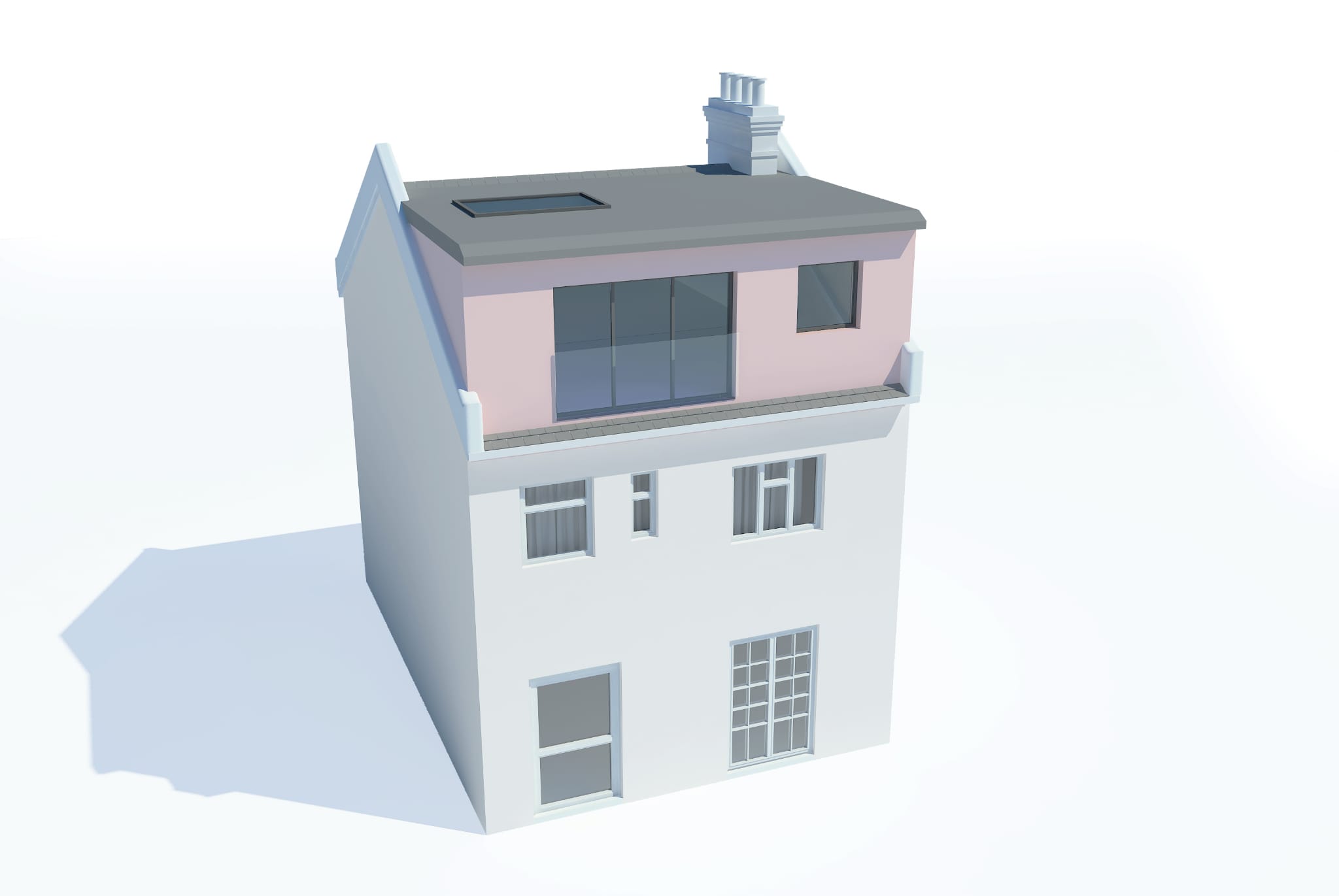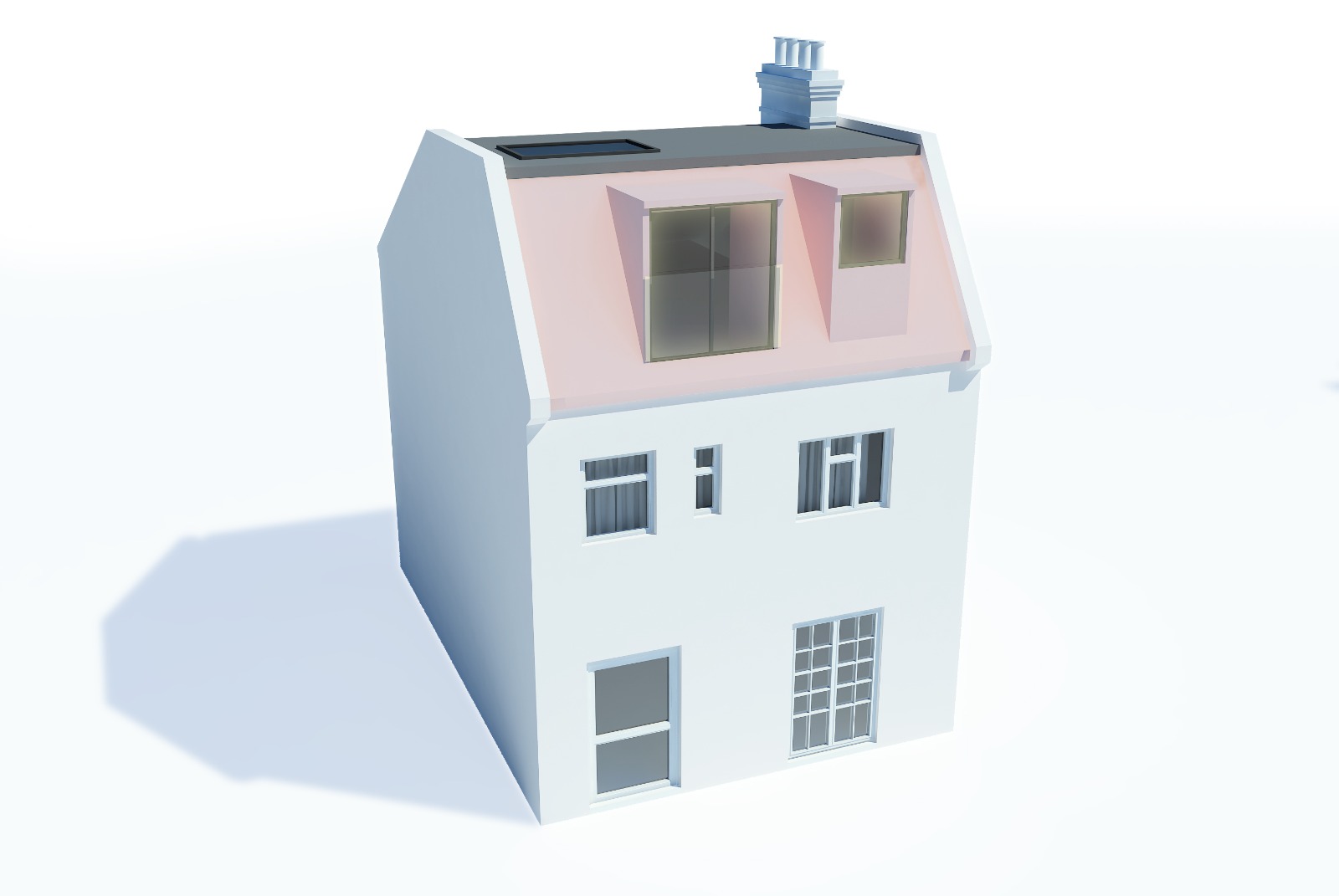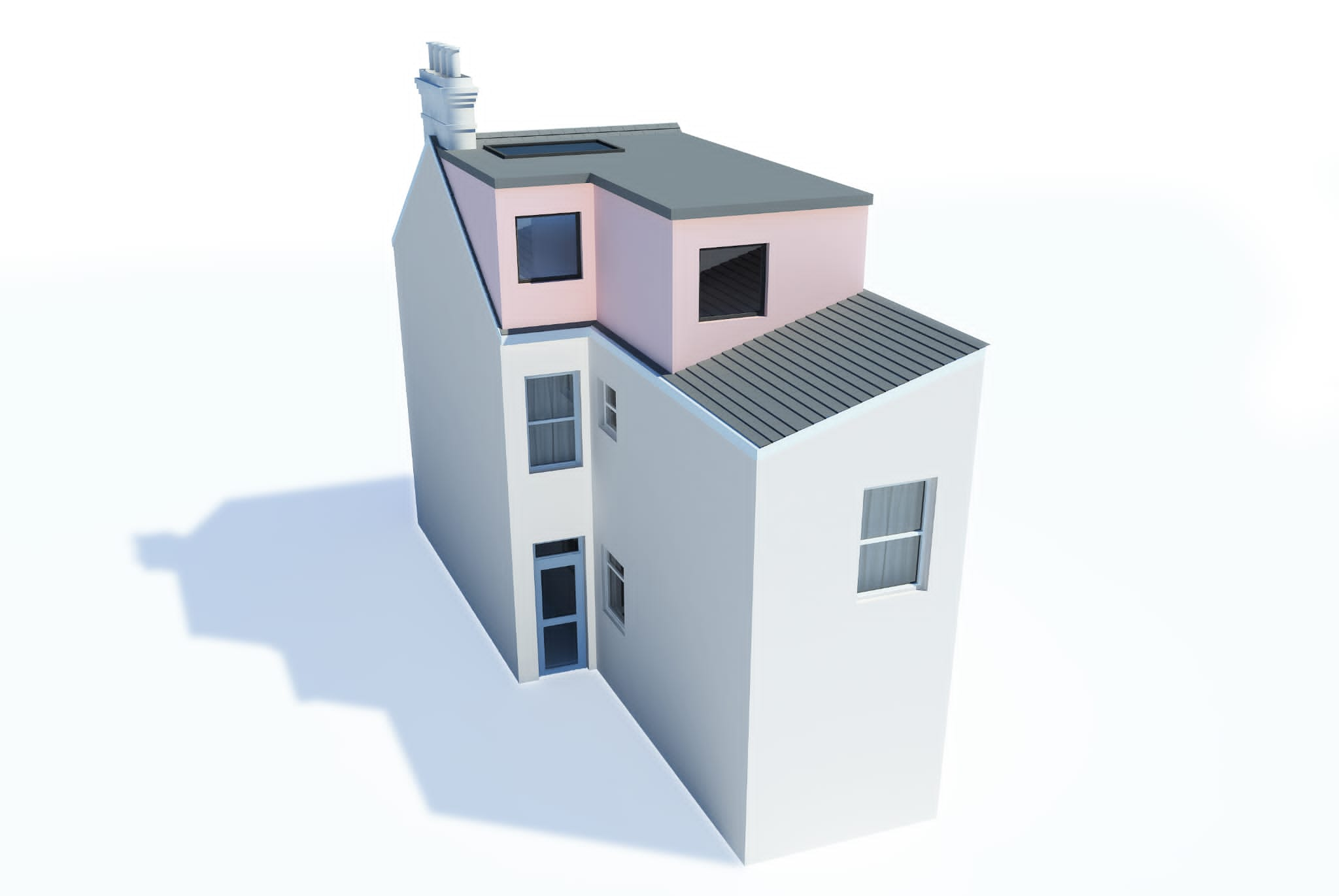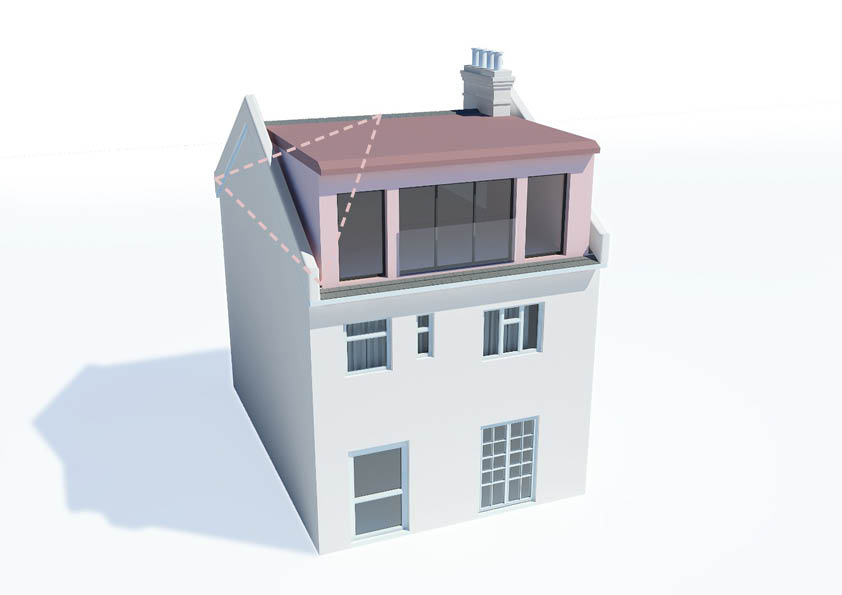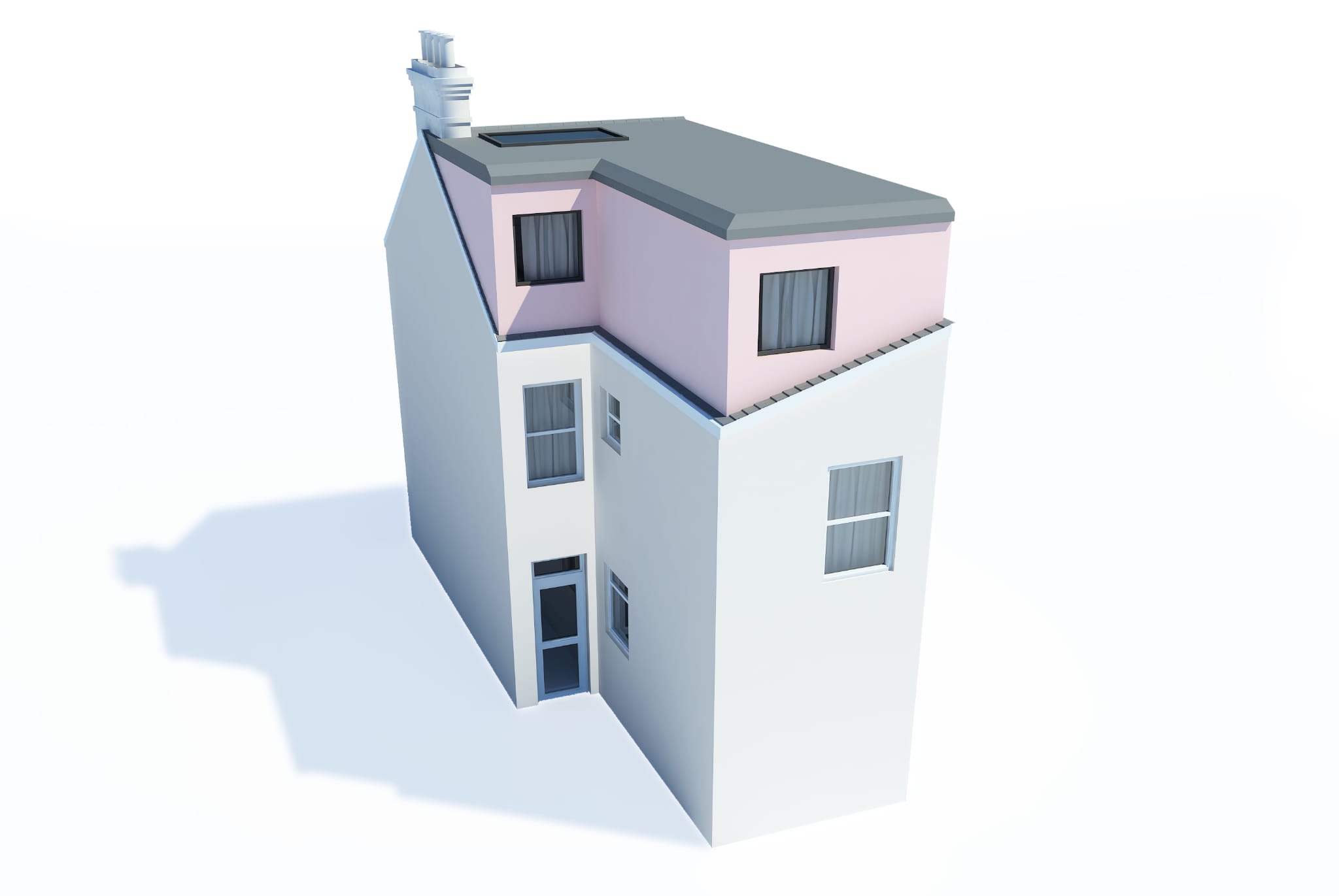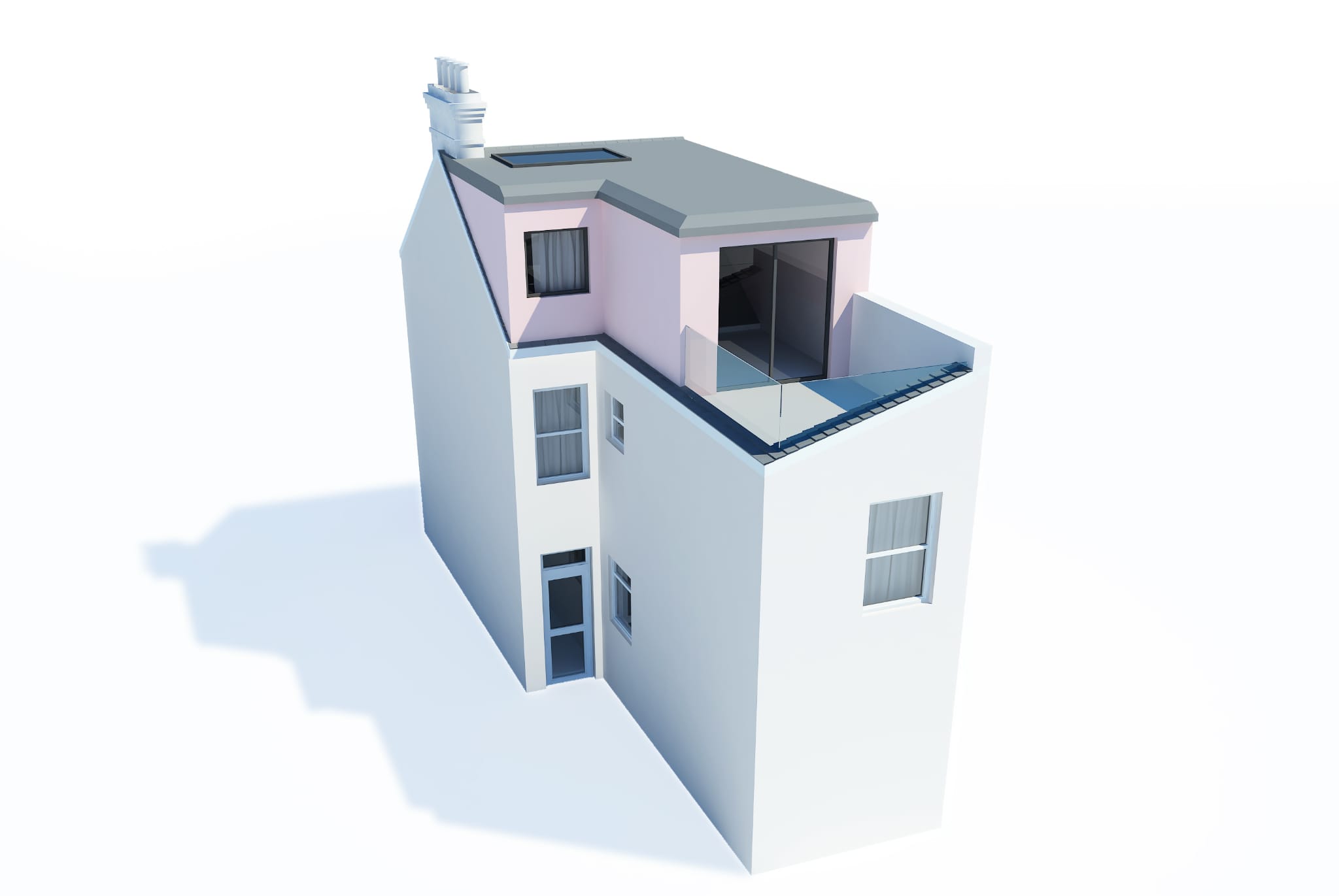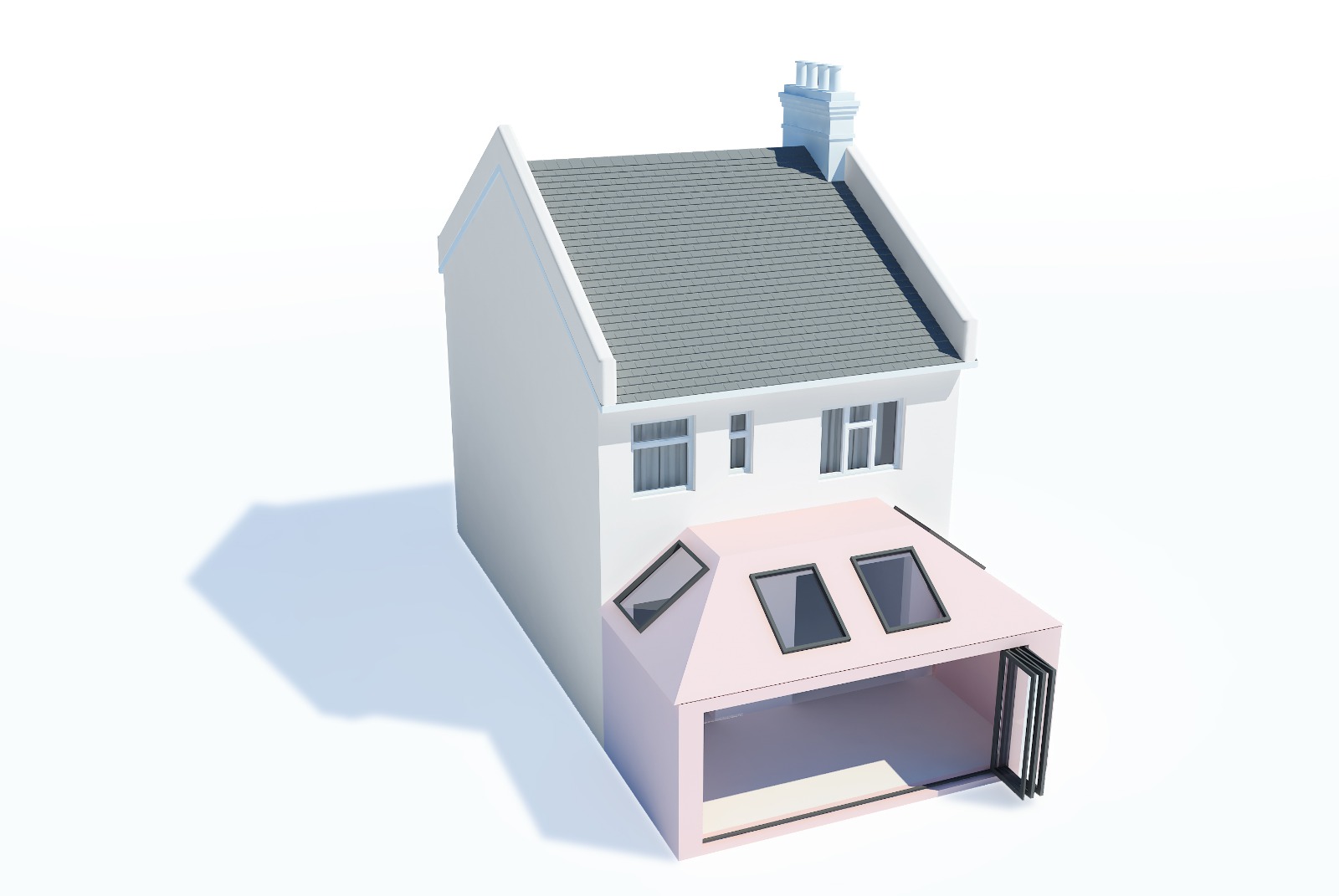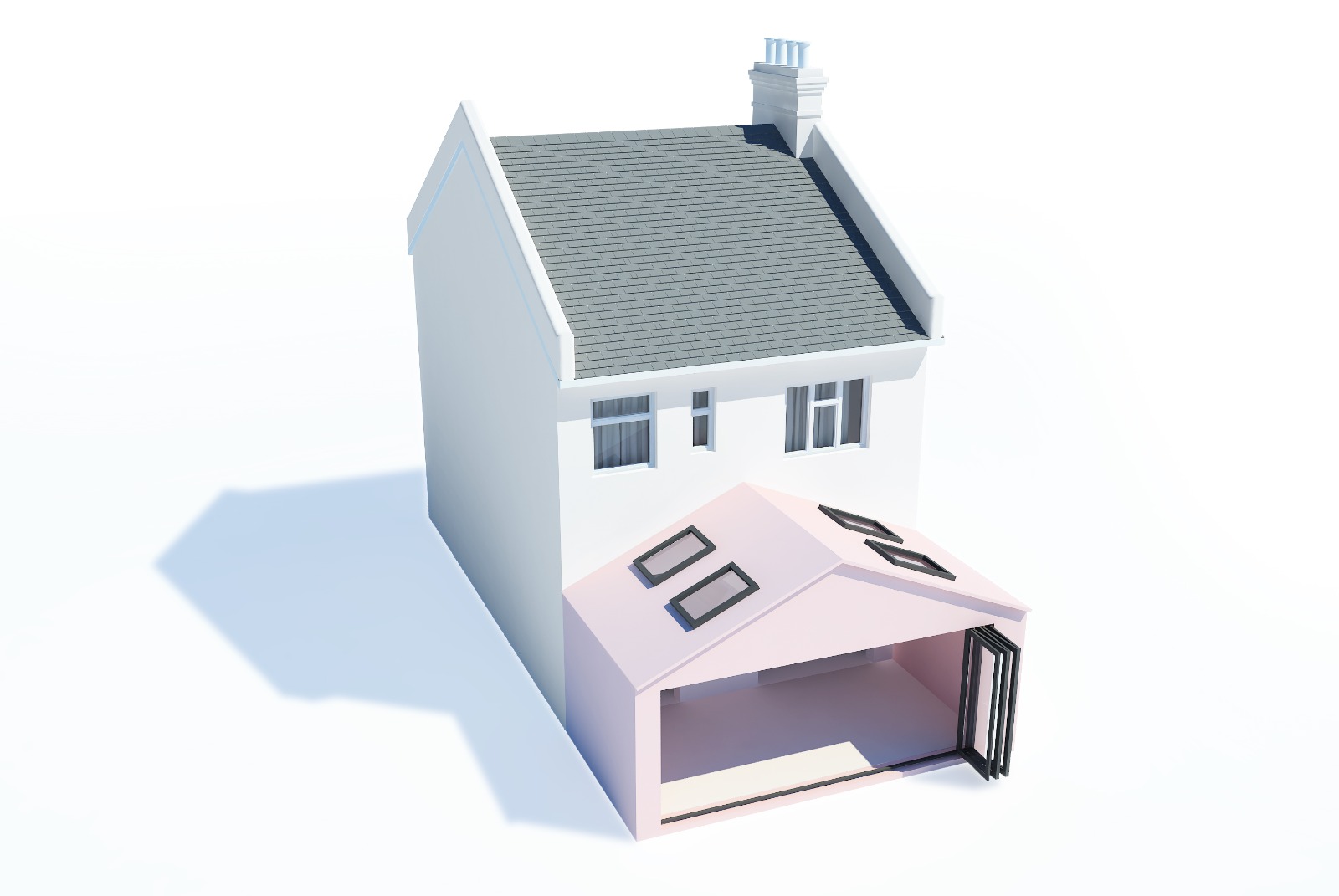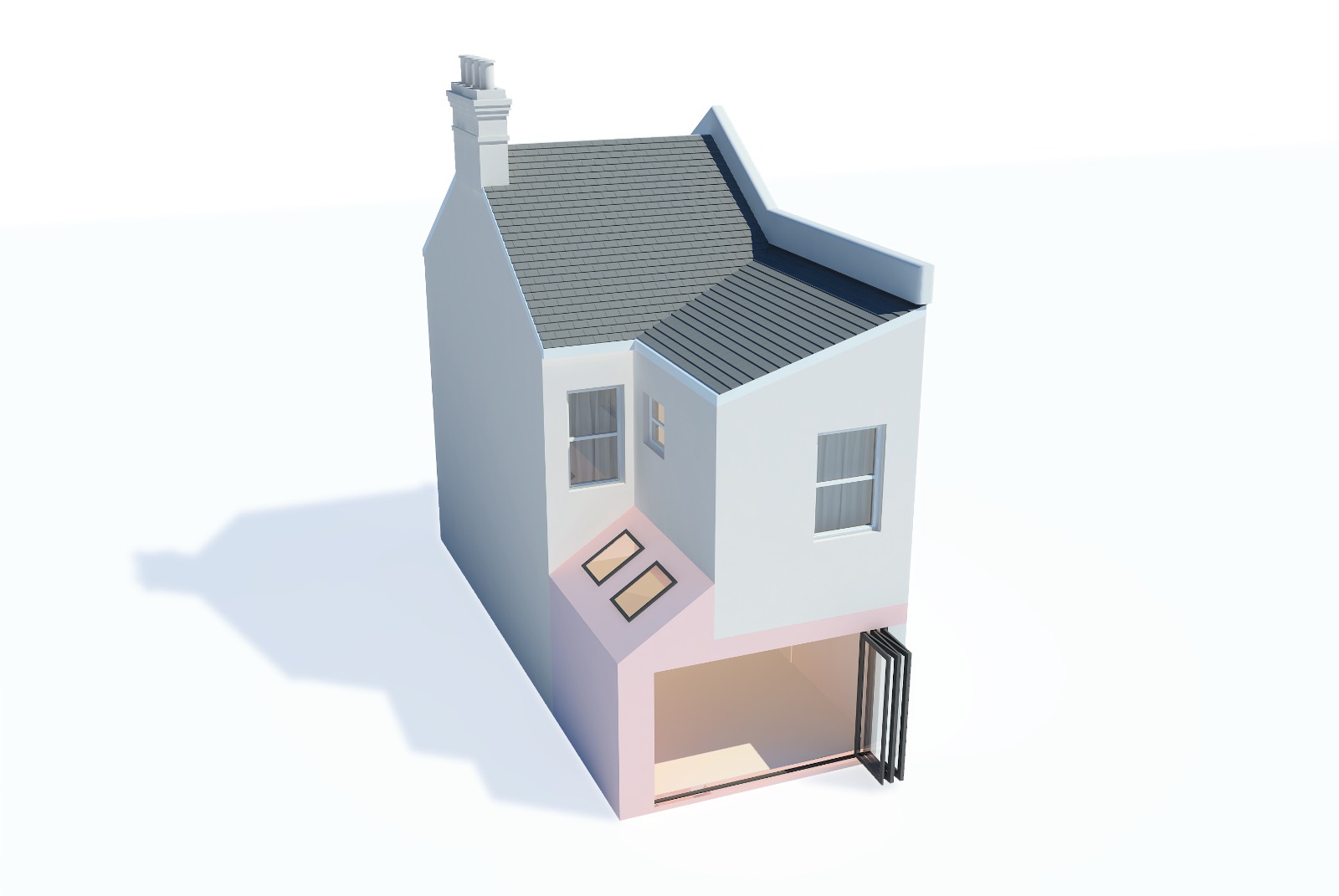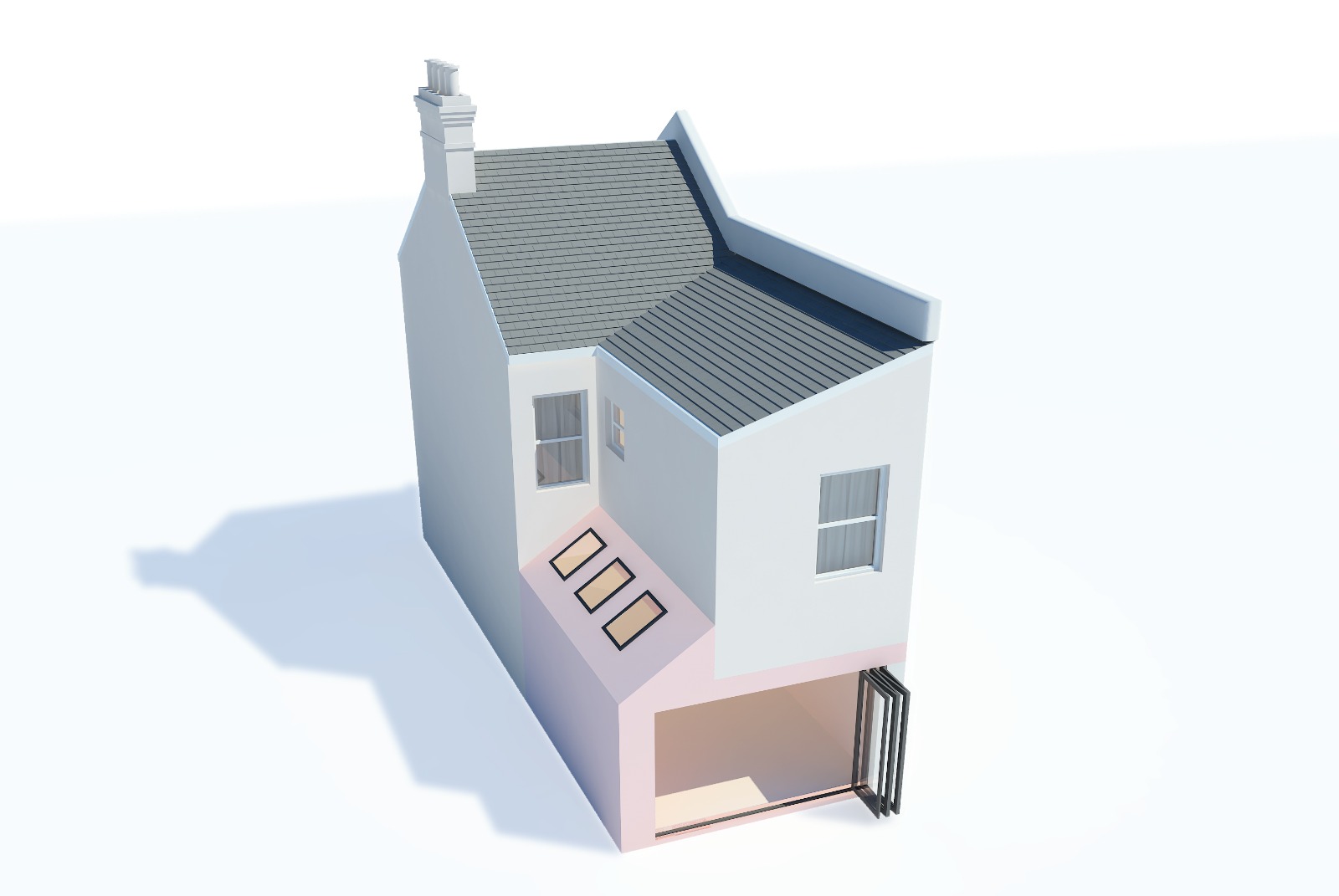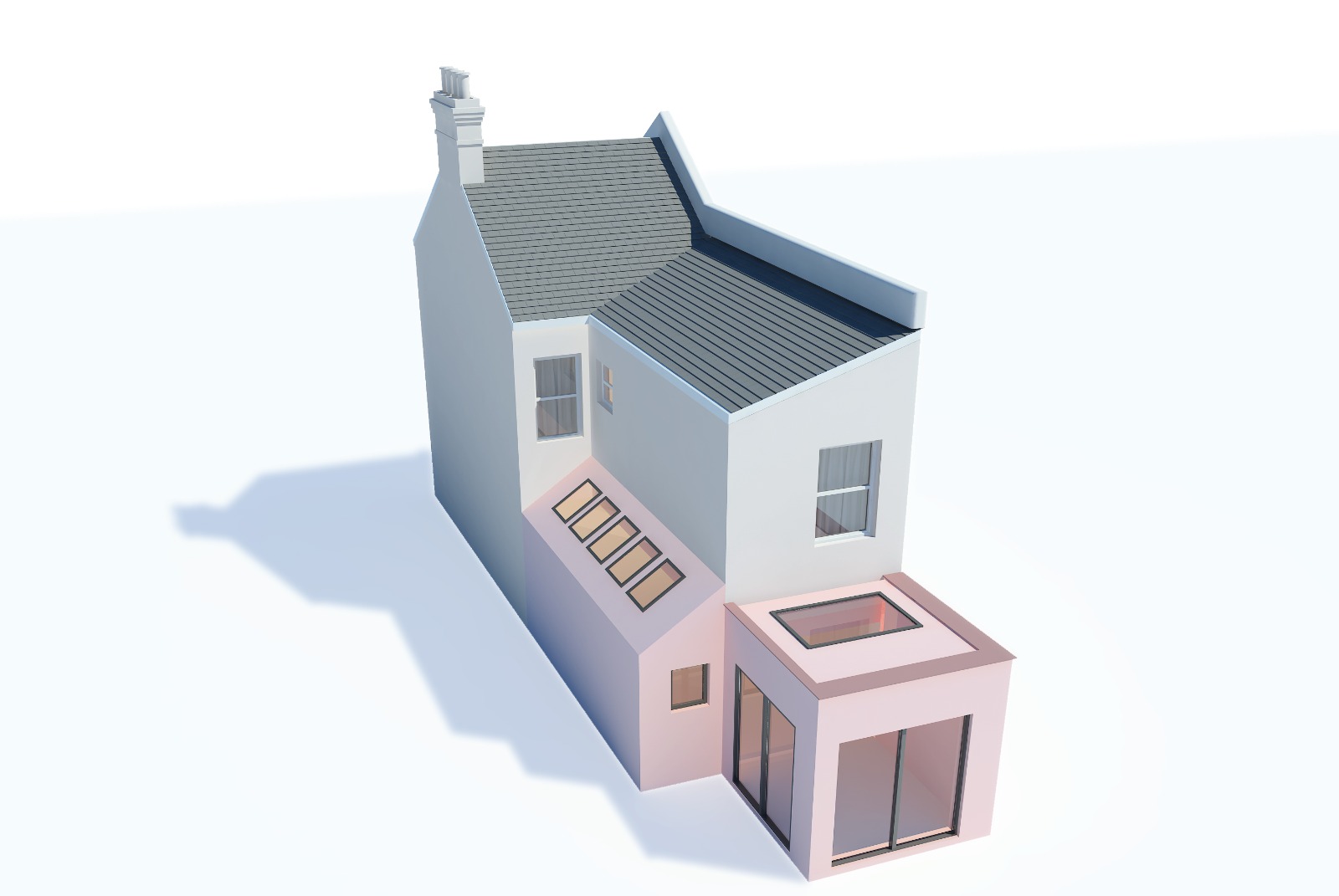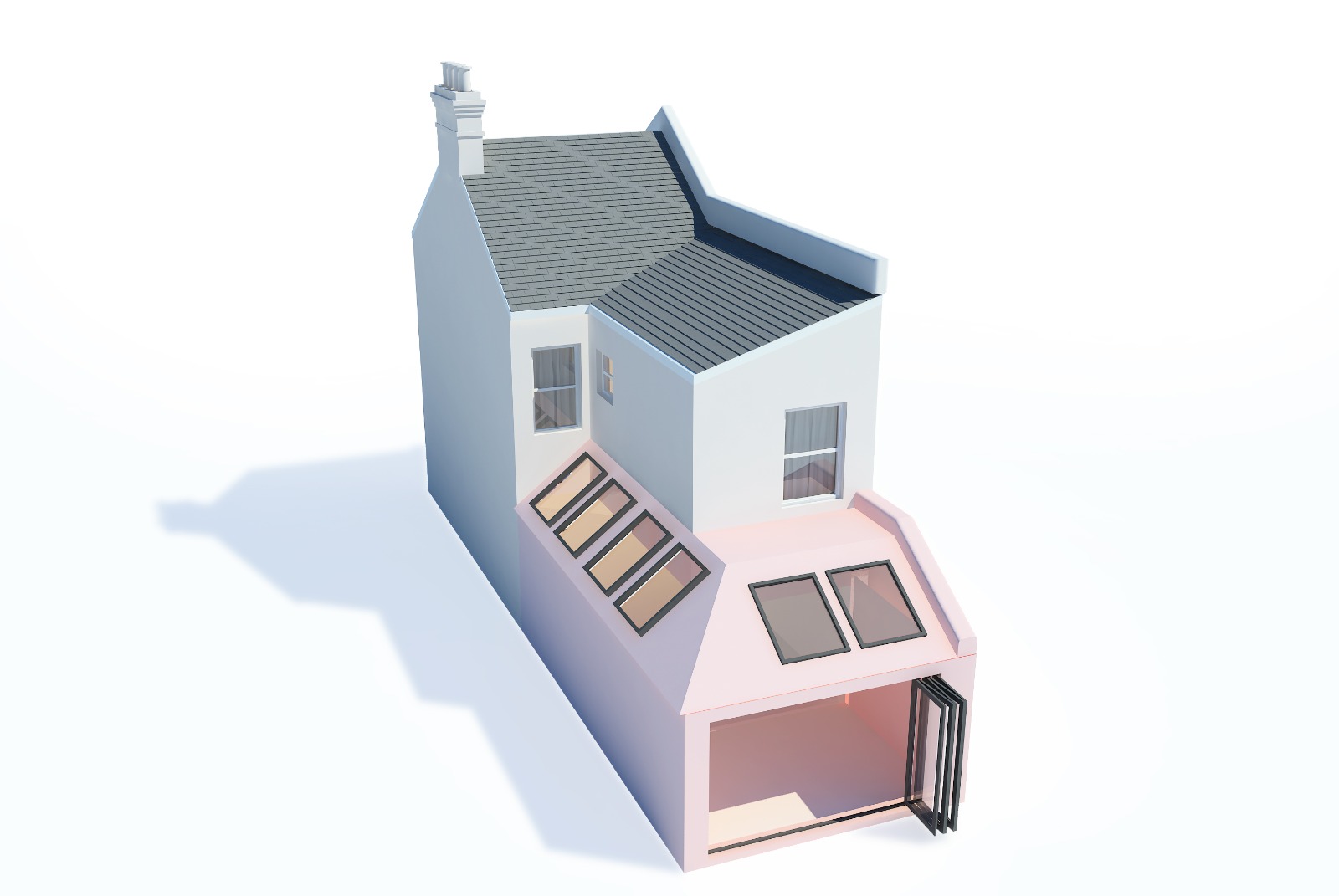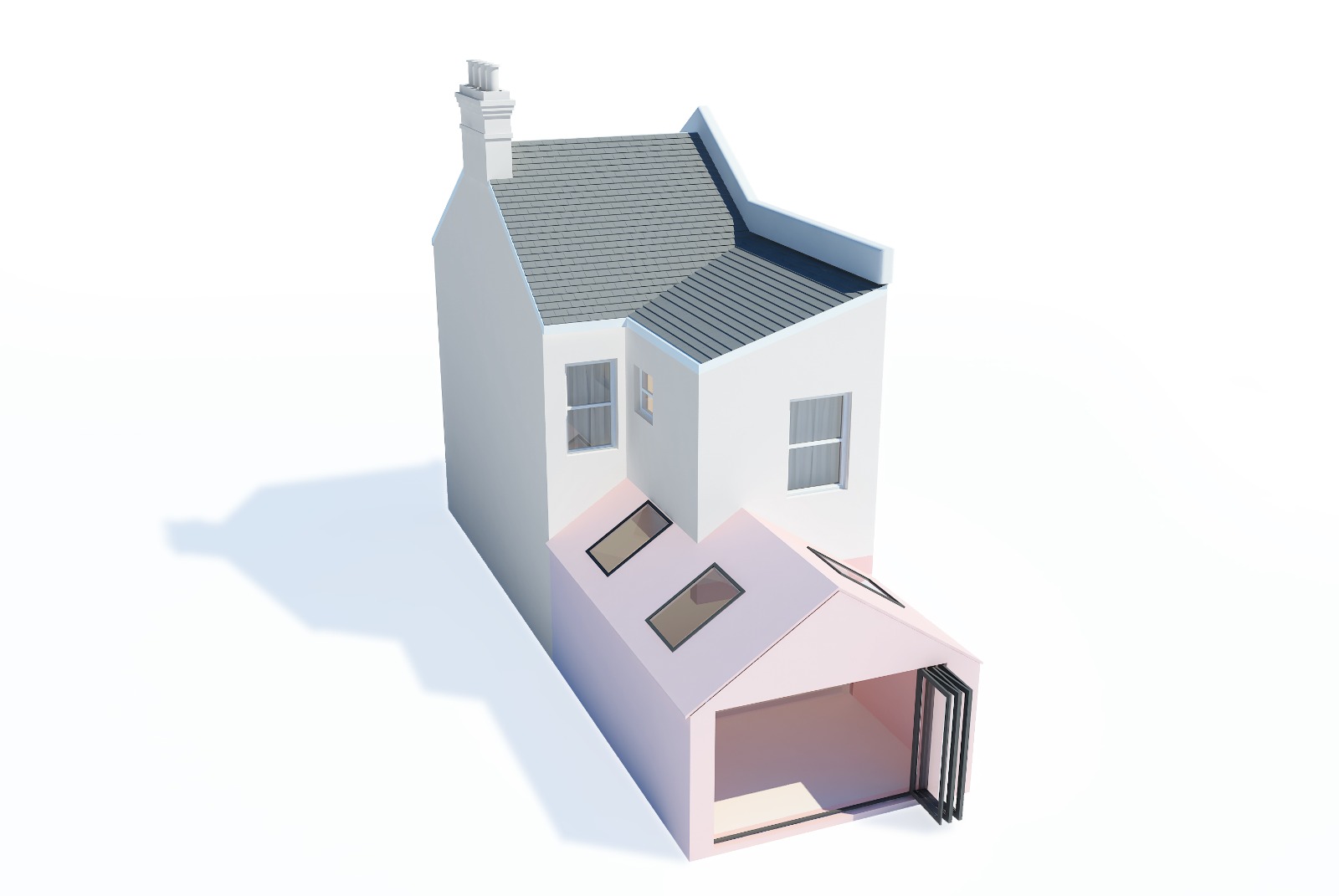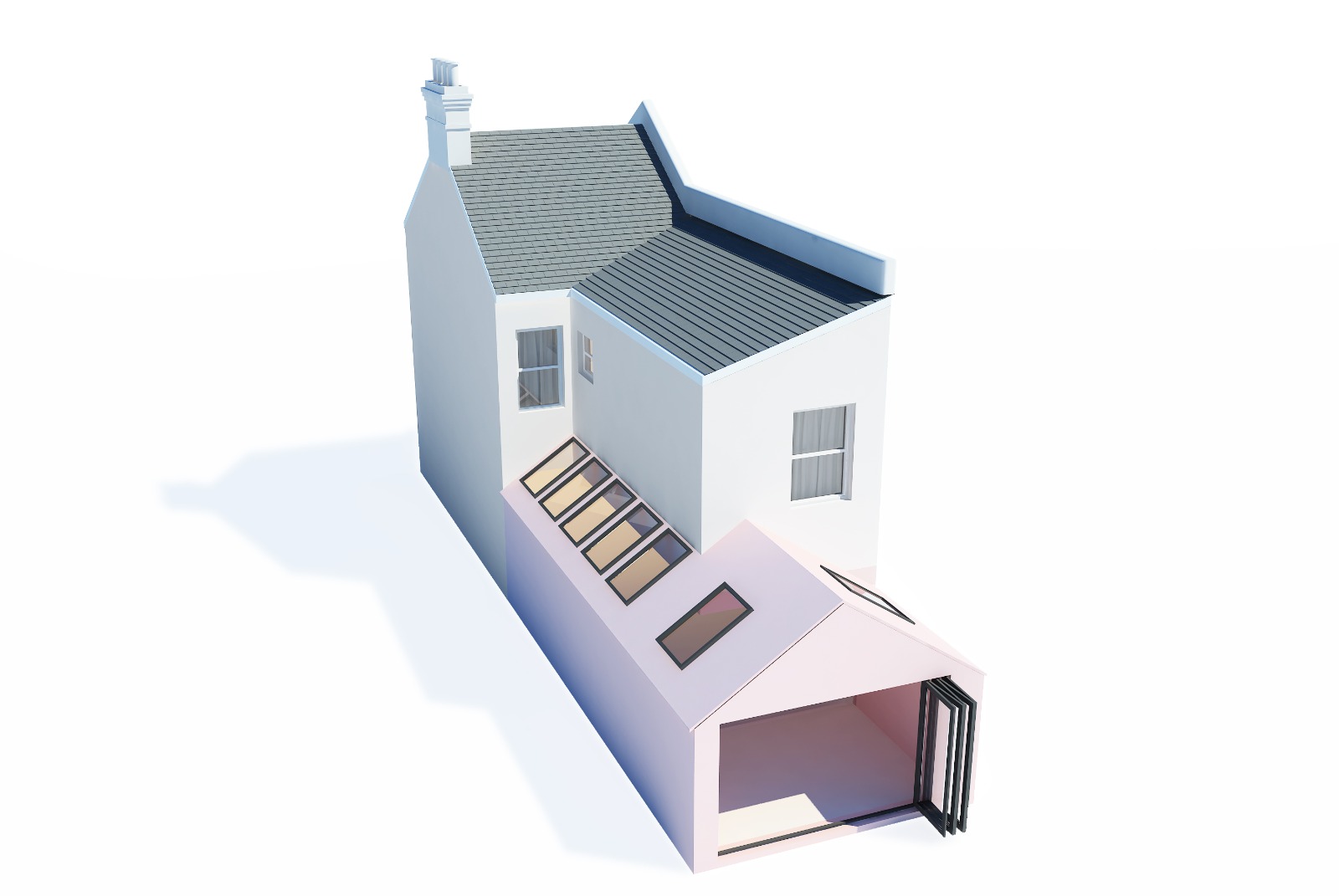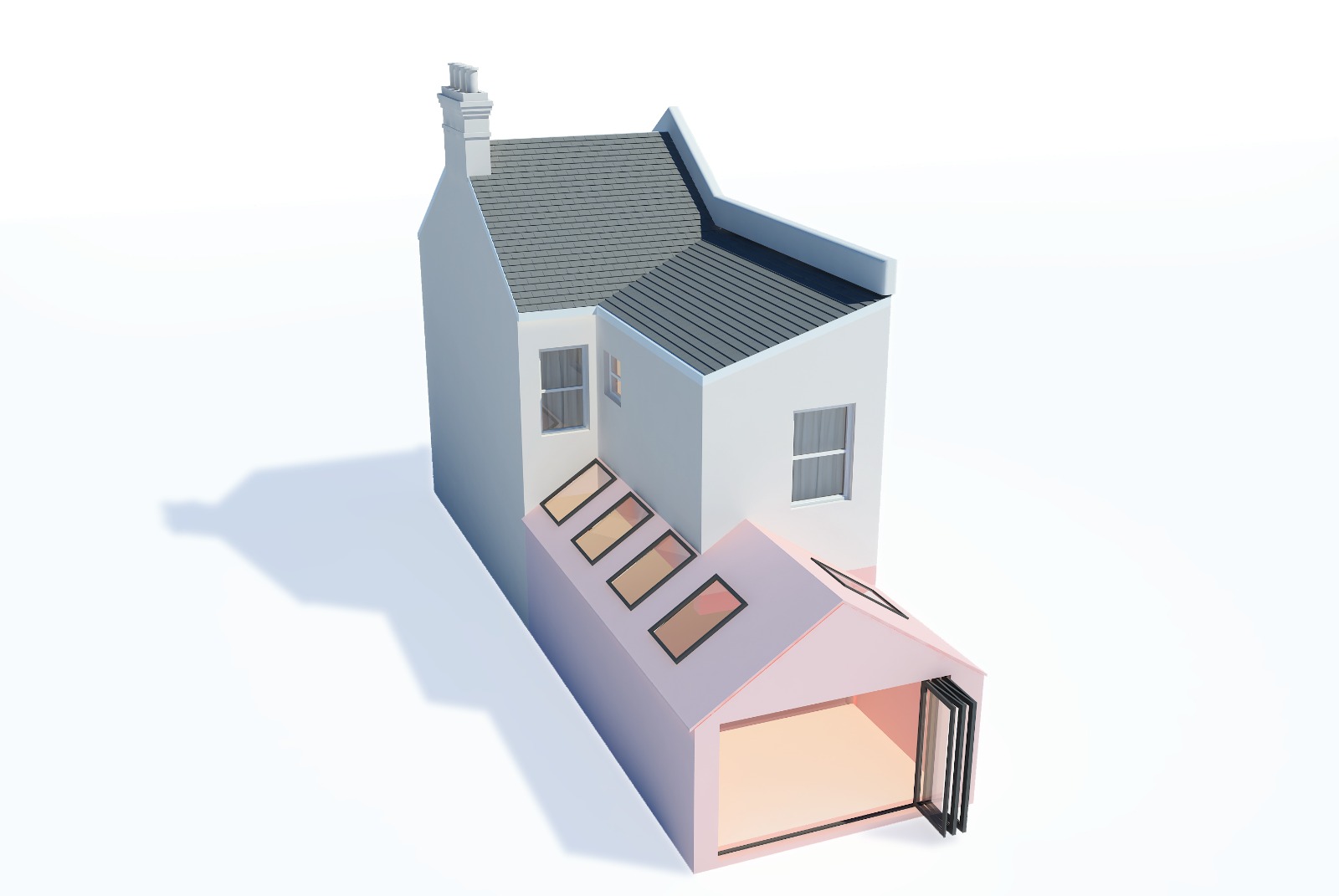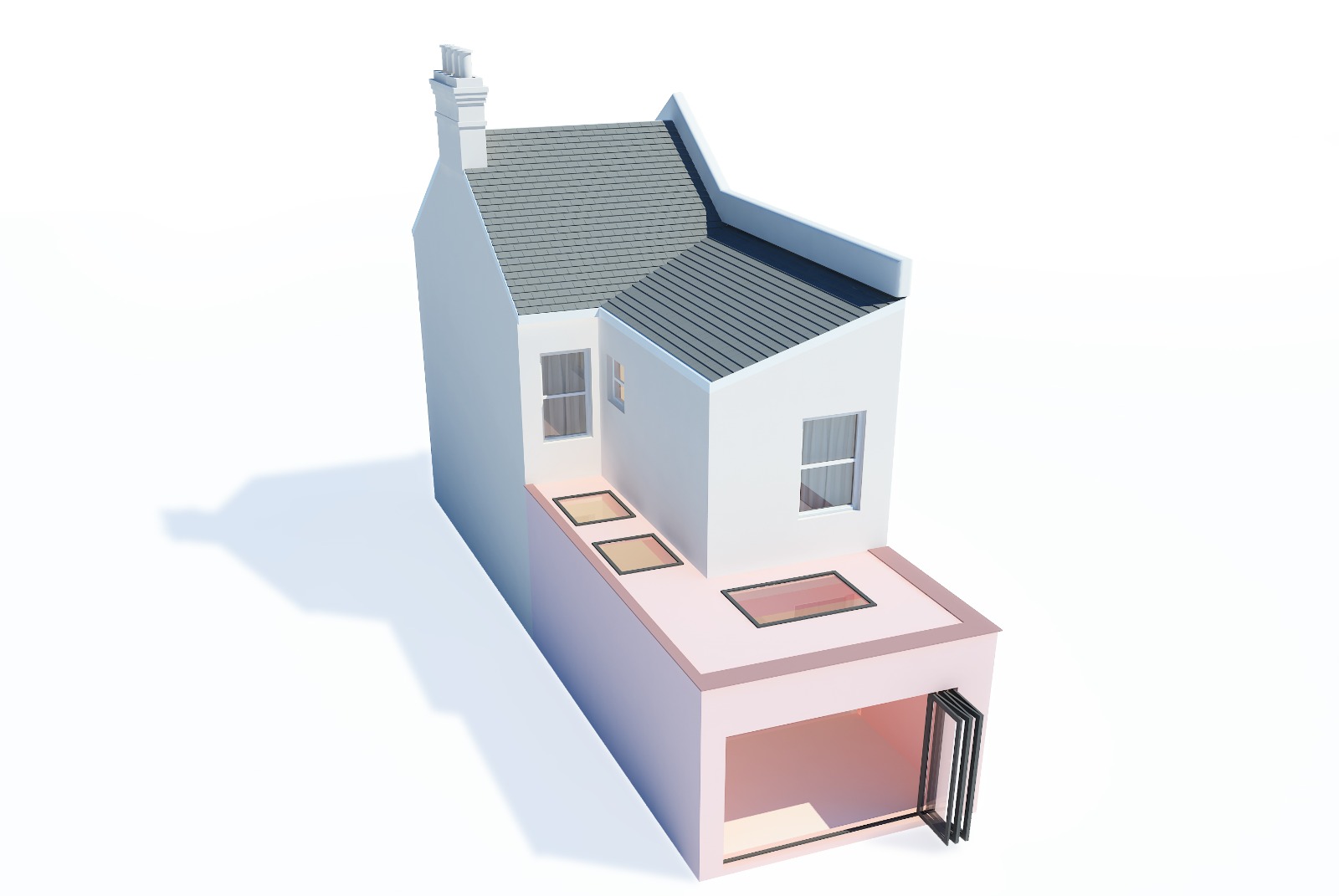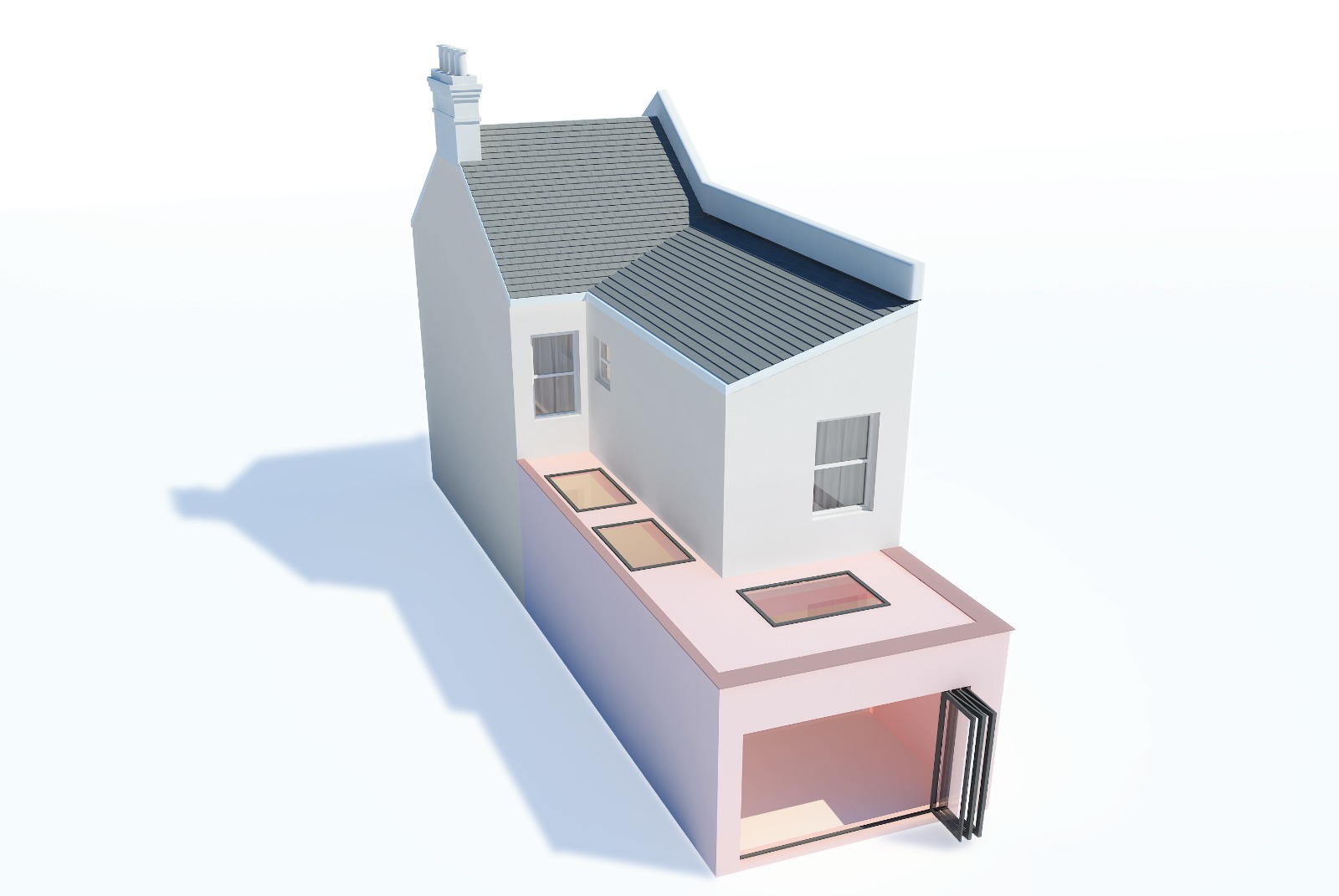Nature-imbued interiors are rare in London. When you want to find a sense of serenity, the outdoors is your calling no matter where you live – in the middle of a great big city or the outskirts. Garden extensions London are the sleek solution that brings an immediate presence of nature to cosy comforts. They are usually stand-alone buildings detached from your home and sit in the garden, although, increasingly homeowners are building them as extensions rather than outbuildings. You can use these as garden offices, home gyms, studios, playrooms, hobby rooms, annexes, or additional living rooms. These are fully insulated, just like a room in your house, so you are not making any sacrifices with modern comforts.
Several elements determine the total cost of building a garden extension. These include:
- The size of the extension
- Design features
- Type and quality of materials used
- Any pre-build preparations required
- The area you live in
Space
The most crucial aspect to consider is the nature of the space you are looking to create. If you want a less intrusive space, a detached garden room at the bottom of your plot is the ideal space. Freestanding outbuildings are a popular choice for home offices and studios. However, if you want a home extension that expands the floor area, especially for an open floor plan setting, you might want to consider a Rear extension or a Side Return extension. If you have more ambitious plans to generate extra space for your London home, go for a double-storey extension.
Garden
Garden space is precious in London, so much so that some homeowners do not want to sacrifice any of it to free up extra living spaces. If you simply can’t shave off any garden space for a garden room or a ground floor level addition, think basement level and loft space. A basement-level extension converts your cellar into a living area. A loft conversion makes use of your loft space to build upwards.
Functionality
If you want easy access to the new space, the garden extension should be attached. A detached garden room, if facing south, can receive plenty of sunlight and in the summer be prone to overheating. North-facing rooms are shadier and cooler, east-facing spaces are sunnier in the morning, and west-facing rooms become brighter in the afternoons and evenings. Using thermal insulation, sunscreens, and temperature control glass walls are some of the choices to make.
An attached house extension in London can cost between £1,200 – £2,500m², including a garden room. A detached garden room can cost between £1000 and £2000 per square metre.
Green wall – an exterior wall with flowering runners or ivy softens the linear design of the artificial structure, blending it into the surroundings naturally.
Garden pod – for a more futuristic compact design, install a pod, which comes in various shapes and sizes.
Conservatory/orangery design – a rear extension can benefit from this design for a sitting room with a breakfast nook.
Side Return garden room – use up the back alleyway space of your Victorian terrace to extend your kitchen onto the side. Create a dual-purpose garden room with a diner.
Round Summerhouse – this design offers panoramic views of the garden and complements period properties.
Glass Extension – add a glass extension to be surrounded by the greenery of your garden while enjoying a cosy interior. It can be a rear extension, a side extension, or a freestanding structure.
Garden extensions fall under Permitted Development Rights, which means as long as you follow guidelines, you do not need approval from planning authorities to carry out building work. Any exception to the following will need you to seek planning permission;
A detached garden room
- Must be single-storey and not exceed 50% of the land surrounding the original house – taking into consideration any existing sheds or outbuildings.
- Your garden room is not at the front of your home.
- A garden room must be no taller than 4m and have eaves with a maximum height of 2.5m, with a dual pitched roof, or 3m in any other case.
- If it is within 2m of the property boundary, the building needs to be less than 2.5m high.
- The floor area is between 15sqm and 30sqm.
- It is not contained and has no sleeping accommodation.
- It is 1m from any boundary and is constructed of non-combustible materials.
- Your property does not belong to a designated area or has not been listed.
If your extension is attached, you will have to adhere to regular extension limitations and conditions.
- Single-storey extensions can only be as high as 4m
- Side extensions cannot be more than 50% the width of the existing house.
- Any rear extensions can only extend up to 8m from the original rear wall of a detached house and 6m of a semi-detached or terraced property.
- The extension is built forward of the principal elevation, or where it fronts a highway, the side elevation.
- Extensions are not higher than the highest part of the existing roof; or higher at the original eaves
- Any extensions with more than one storey cannot extend beyond the back wall of the house by more than 3m or be within 7m of a boundary opposite the property’s rear wall.
As an extension specialist, we design and build all extension types for Victorian and 1930s London property. Our bespoke designs and superior quality constructions carried out by professional architects, structural engineers, and skilled builders set our creations well apart from the rest. We offer full-cost transparency and easy payment methods, while our finished products come with insurance-backed warranty and energy-efficiency certificates. All our extension projects have a two-phase contract, each at the design stage and the build stage. We manage planning applications, method statements, building control applications, and Thames Water Build Over Agreement.
Book your free consultation and get an itemised quote for a home extension, loft, conversion, or refurbishment from Good Design & Build today.
How we deliver projects
Our process is simple and divided into two distinct phases with separate contracts: Design and Build. As a client you only commit to one phase at a time depending on what stage of the process you are in. Each phase consists of three stages as described below.
1. Design
This is the kick-off point for your project. We carry out a complete architectural measured survey of the property. This allows us to create accurate CAD design drawings. This is followed by a design meeting to start discussing your ideas in more detail.
2. Planning
At this stage we finalise the designs with you and start preparing planning applications as needed. We place a high priority on ensuring that plans, designs and schedules are all based on a thorough and detailed understanding of planning guidelines. We co-ordinate with local authorities until the decision is made, and the planning approval is secured.
3. Technical
Once the planning consent is secured, we translate the design drawings into more detailed technical drawings for the purposes of building control and construction. This also includes specifications and structural calculations. At this stage, we will also submit to you our ‘no obligation’ quote for the build phase.
4. Pre-build
90% of our clients decide to stick with us after the design phase is completed. Once the build contract is signed, we kick off the process by making sure all the pre-build processes are complete. These include assistance with party wall agreements, Thames Water build over agreement, submitting building control application, and preparing method statements etc as needed. This stage ends with a pre-start meeting with your foreman before the actual build begins.
5. Build
One of our foremen will be dedicated to your project and will be on-site to manage everyday works. Our project managers will be overseeing the works to make sure they are completed to high standards, within your budget and on time. Throughout the process we will keep you updated with the progress and coordinate the works with third parties such as kitchen or flooring suppliers. We will also advise and guide you to choose any suppliers if needed.
6. Handover
As the build draws to finish, we will help to iron out any ‘snags’ to make sure everything is completed to your satisfaction. We will put together all necessary certificates such as gas, electricity and building control completion along with warranties for glazing, boiler etc. At the final completion meeting, we will hand you these documents, together with the keys to your house. Needless to say, you can contact us any time after this, if you want us to look at something.
This is the kick-off point for your project. We carry out a complete architectural measured survey of the property. This allows us to create accurate CAD design drawings. This is followed by a design meeting to start discussing your ideas in more detail.
At this stage we finalise the designs with you and start preparing planning applications as needed. We place a high priority on ensuring that plans, designs and schedules are all based on a thorough and detailed understanding of planning guidelines. We co-ordinate with local authorities until the decision is made, and the planning approval is secured.
Once the planning consent is secured, we translate the design drawings into more detailed technical drawings for the purposes of building control and construction. This also includes specifications and structural calculations. At this stage, we will also submit to you our ‘no obligation’ quote for the build phase.
90% of our clients decide to stick with us after the design phase is completed. Once the build contract is signed, we kick off the process by making sure all the pre-build processes are complete. These include assistance with party wall agreements, Thames Water build over agreement, submitting building control application, and preparing method statements etc as needed. This stage ends with a pre-start meeting with your foreman before the actual build begins.
One of our foremen will be dedicated to your project and will be on-site to manage everyday works. Our project managers will be overseeing the works to make sure they are completed to high standards, within your budget and on time. Throughout the process we will keep you updated with the progress and coordinate the works with third parties such as kitchen or flooring suppliers. We will also advise and guide you to choose any suppliers if needed.
As the build draws to finish, we will help to iron out any ‘snags’ to make sure everything is completed to your satisfaction. We will put together all necessary certificates such as gas, electricity and building control completion along with warranties for glazing, boiler etc. At the final completion meeting, we will hand you these documents, together with the keys to your house. Needless to say, you can contact us any time after this, if you want us to look at something.
Featured Projects
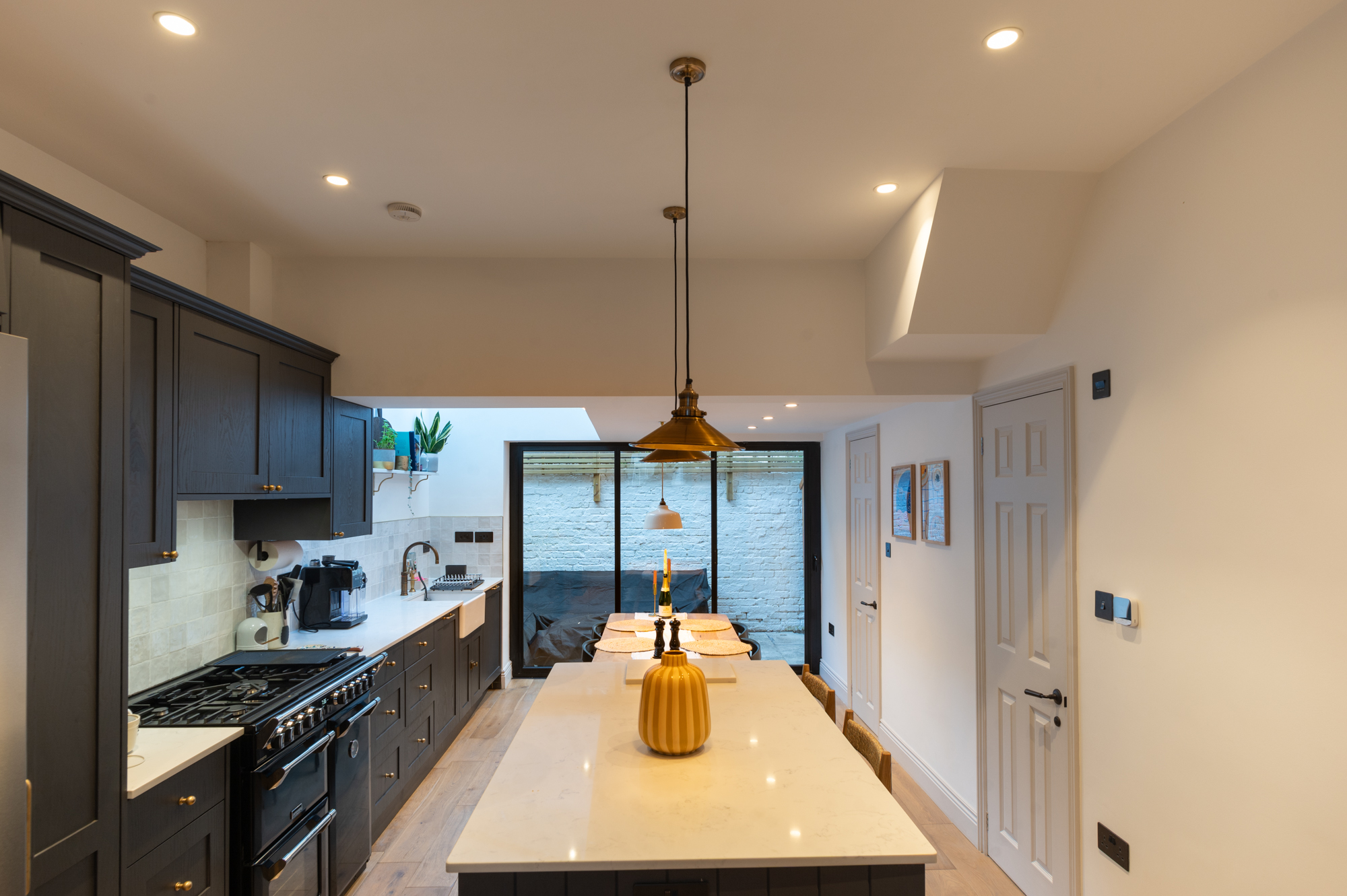
Fulham
Orbain Road SW6 7JZ
This project was completed in 2023 and the approximate budget was £101,000.
Learn more
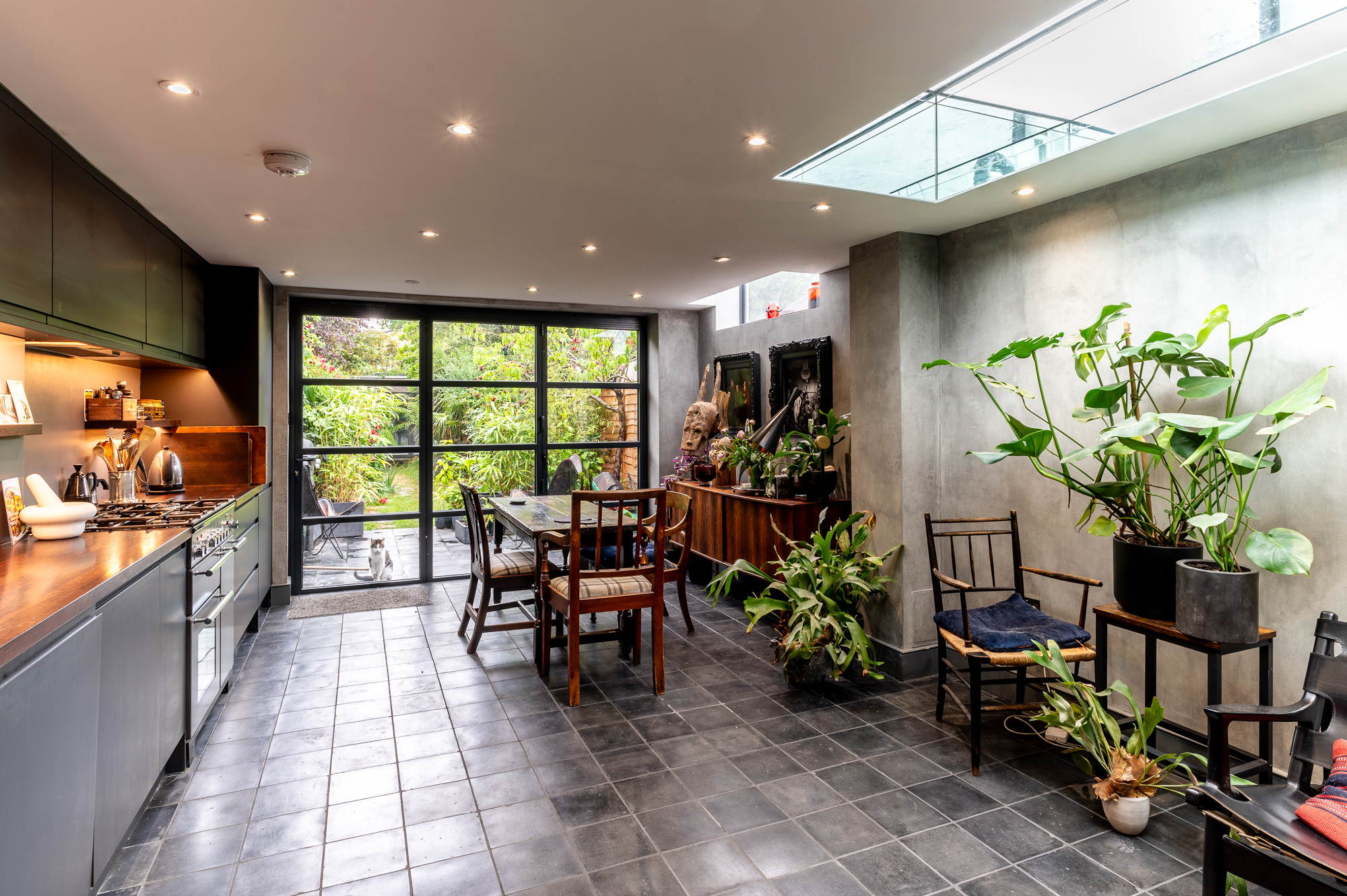
Lambeth
Hetherington Road SW4
We completed this stunning project for our client Angus in Lambeth.
Learn more
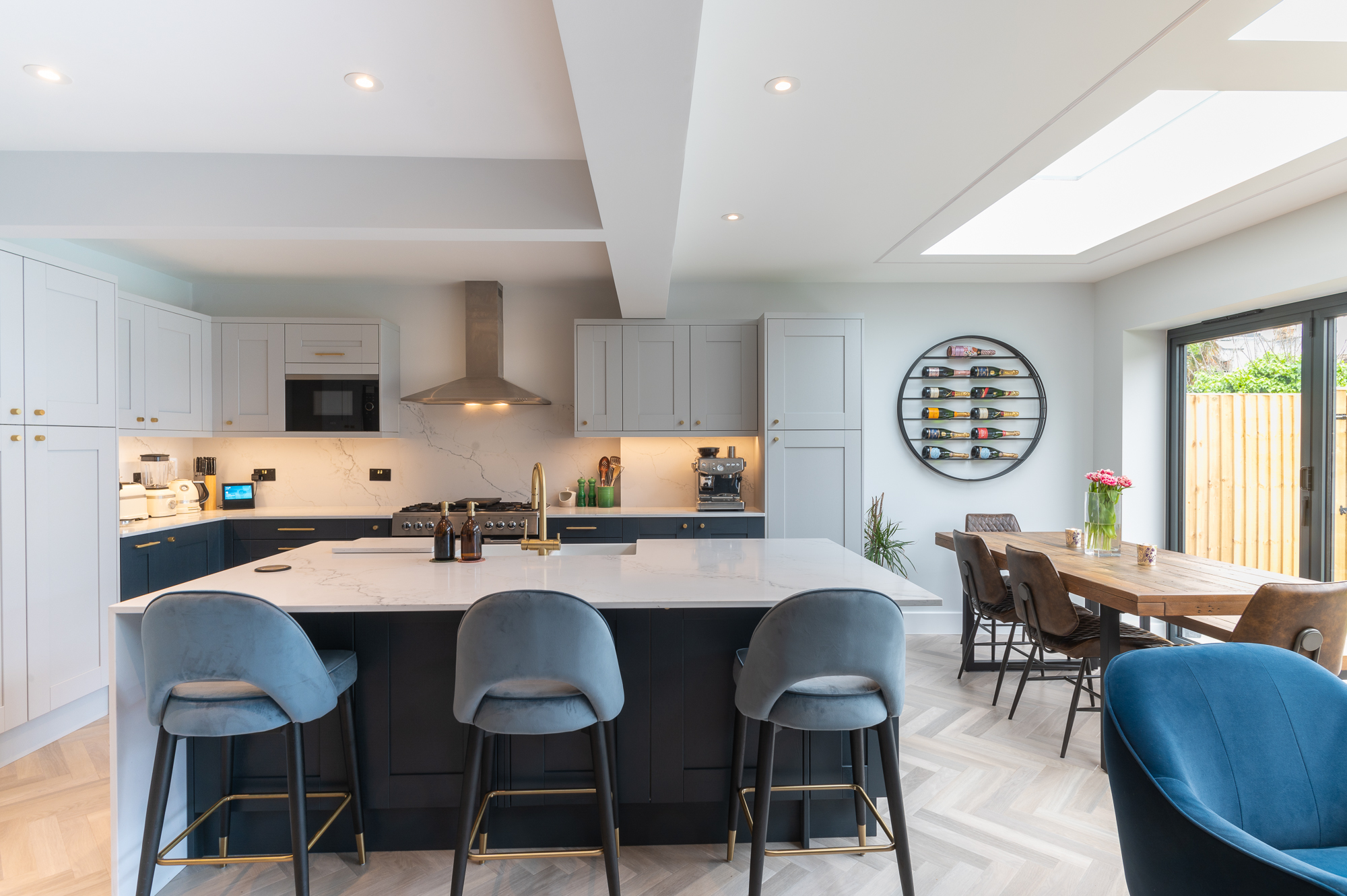
Teddington
Station Road SW4 7PA
We completed this exciting project for our clients on Station Road, a quaint residential area in the heart of Teddington.
Learn more

Leyton
Windsor Road E10
We completed this kitchen extension on Windsor Road, a charming residential street nestled in the heart of Leyton.
Learn more
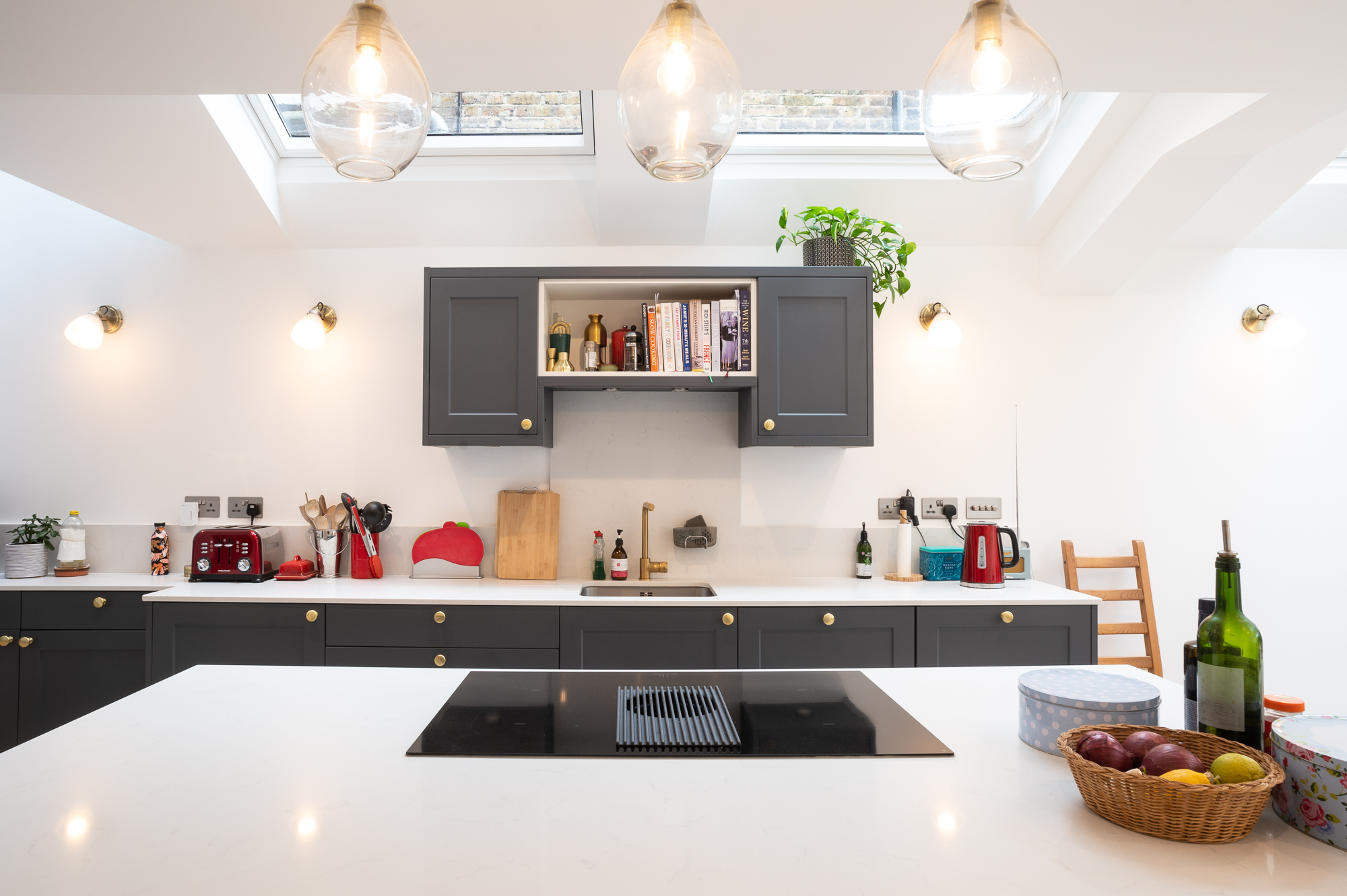
Clapham
Hydethorpe Road SW12 0JF
We did this kitchen extension project for our clients in Hydethorpe Road SW12.
Learn more

Fulham
Orbain Road SW6 7JZ
This project was completed in 2023 and the approximate budget was £101,000.
Learn more

Lambeth
Hetherington Road SW4
We completed this stunning project for our client Angus in Lambeth.
Learn more

Teddington
Station Road SW4 7PA
We completed this exciting project for our clients on Station Road, a quaint residential area in the heart of Teddington.
Learn more

Leyton
Windsor Road E10
We completed this kitchen extension on Windsor Road, a charming residential street nestled in the heart of Leyton.
Learn more

Clapham
Hydethorpe Road SW12 0JF
We did this kitchen extension project for our clients in Hydethorpe Road SW12.
Learn more
What Our Clients Say
Build a Quote!
Let's get started with building your own bespoke quote for your dream extension. Tell us as much in detail as possible to get most accurate price.
Get StartedBuild a Quote!
Let's get started with building your own bespoke quote for your dream extension. Tell us as much in detail as possible to get most accurate price.
Get Started


